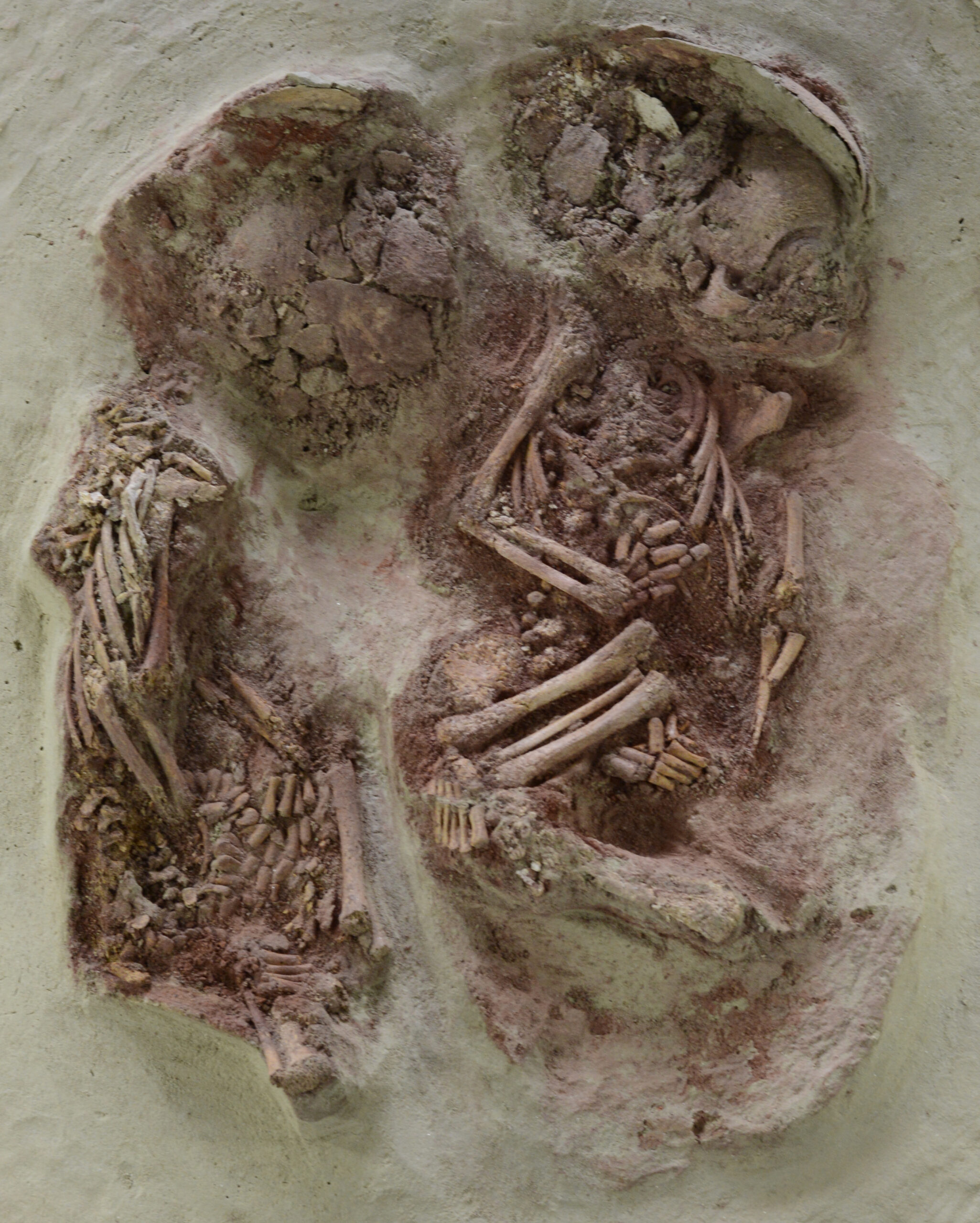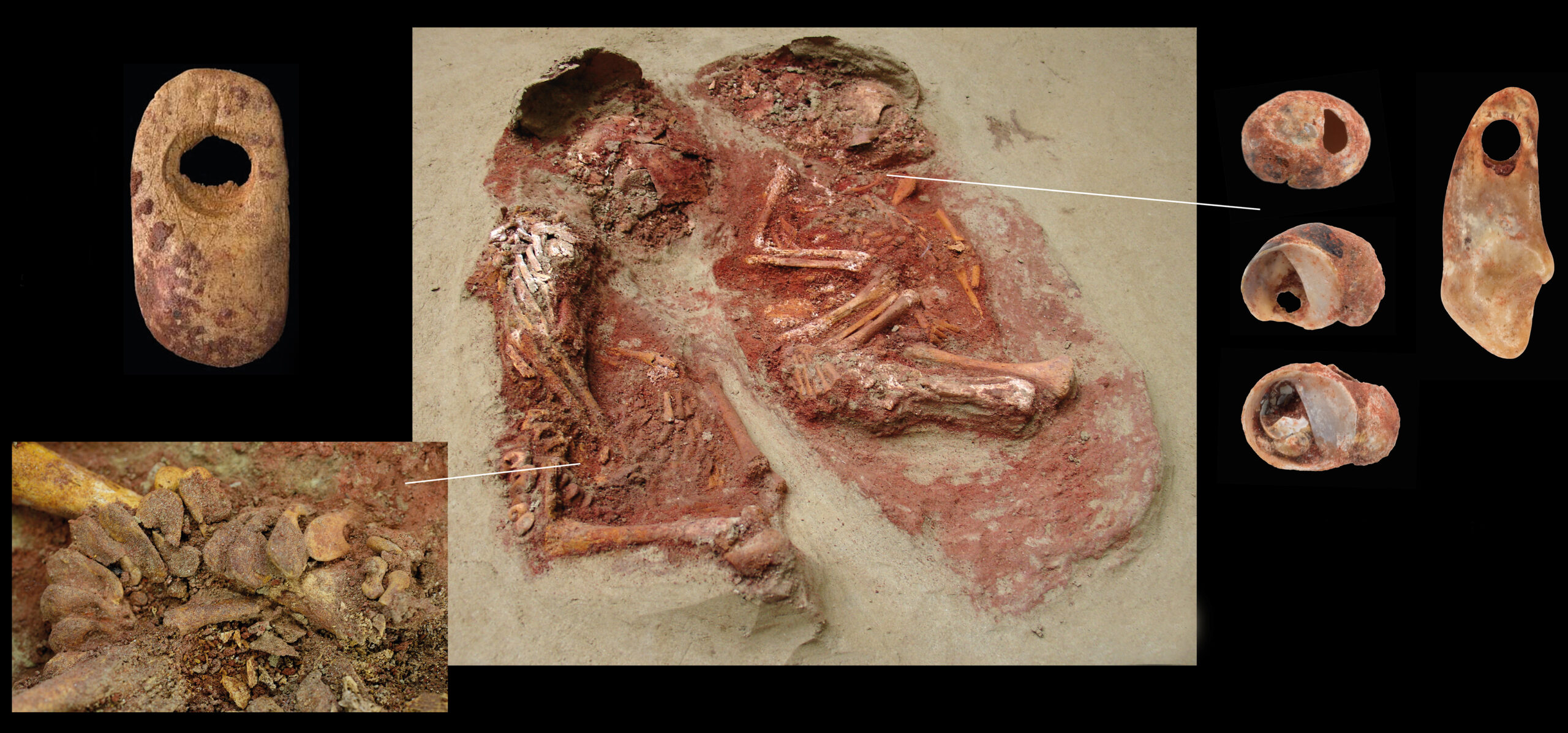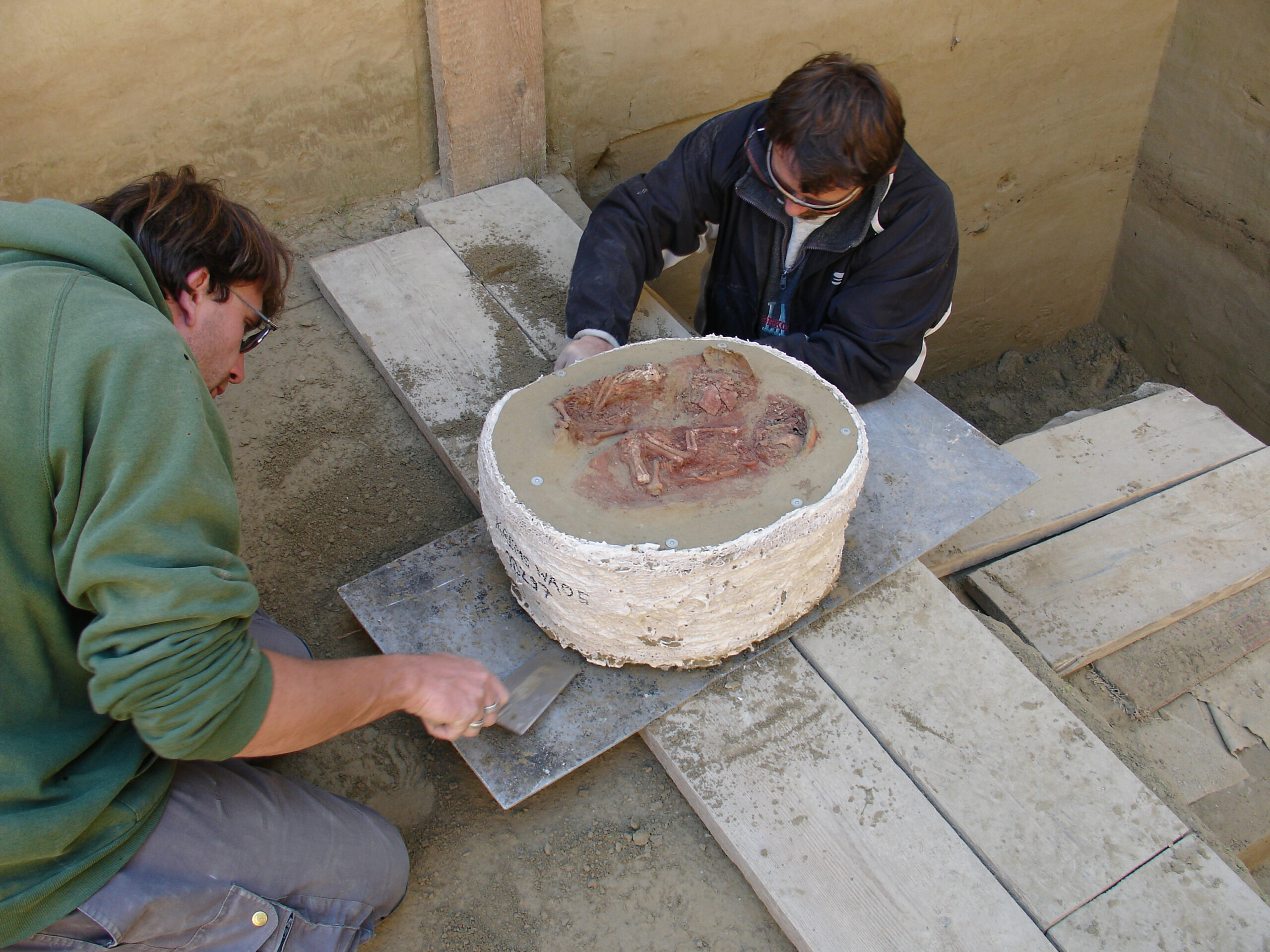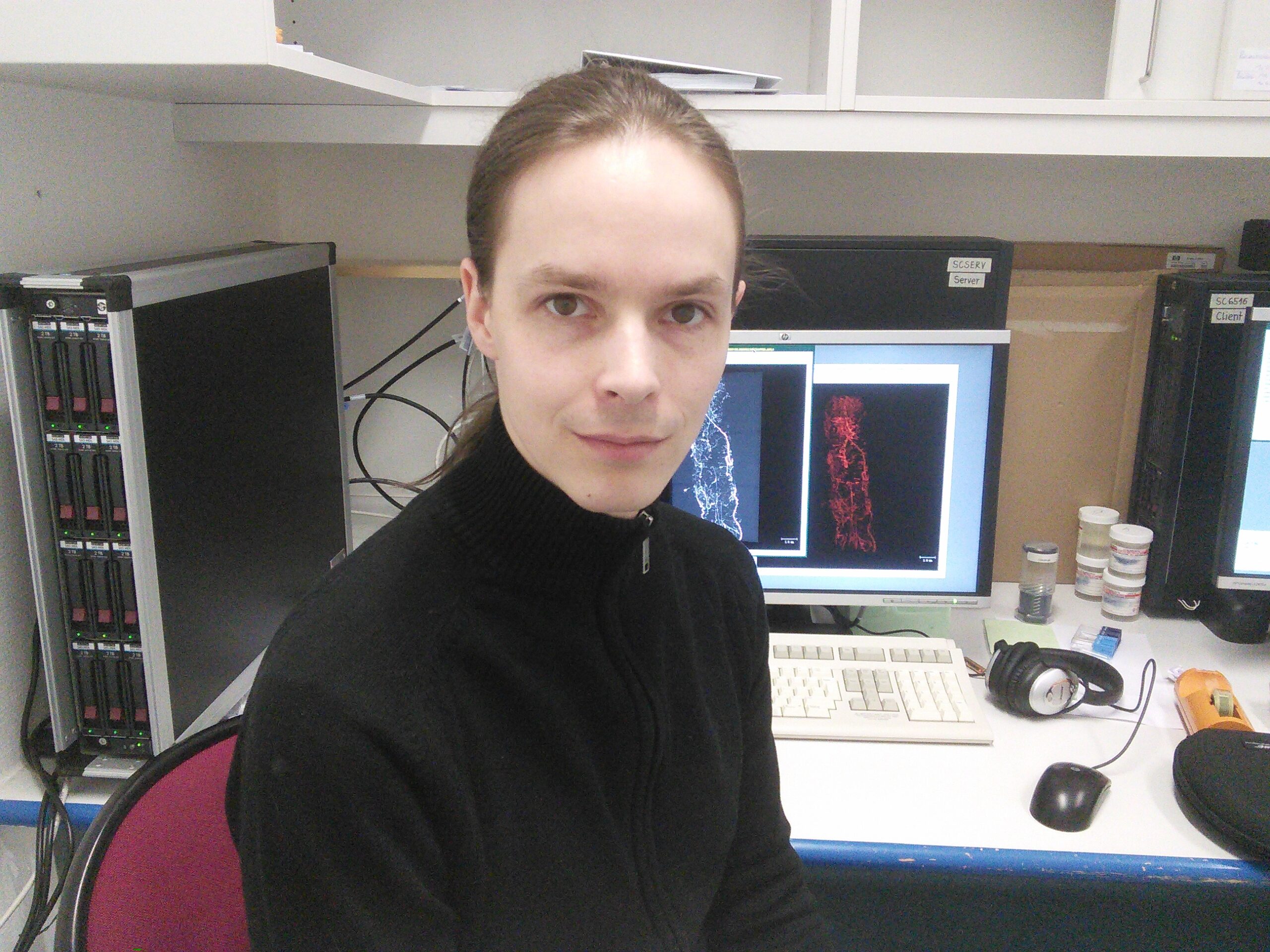Researchers unlock the secrets of a Stone Age infant funeral
In 2005, two Upper Palaeolithic infant burials were discovered during research excavations on the Wachtberg in Krems on the Danube. Among them was the 31,000-year-old double burial of two infants, protected by the shoulder blade of a mammoth and well preserved. Genetic, morphological and chemical examinations were able to identify the two infants as identical twins and decipher their short survival time.
Only a few infant burials have survived from the time of early anatomically modern humans of the Late Palaeolithic, and so the find of the archaeologists of the Austrian Academy of Sciences is a global heritage of outstanding importance for answering developmental and evolutionary biological questions about our species. Answers to these questions were developed by a team of 16 scientists from various disciplines and institutions, including the Ludwig Boltzmann Institute for Experimental and Clinical Traumatology (LBI Trauma). The study was led by Maria Teschler-Nicola, Director of the Anthropological Department of the Natural History Museum in Vienna.
The relationship of the infants was deciphered by molecular geneticists from the University of Vienna, Harvard University and the University of Coimbra. Through molecular genetic analysis, they showed that the double burial was of male identical twins – and thus provided the first molecularly verified and earliest evidence of a twin birth.
Bioinformatician Patrick Heimel from LBI Trauma, together with anthropologist Stefan Tangl and imaging specialist Toni Dobsak from Vienna University Dental Clinic, addressed the question of the twins’ age at death. For the estimation, the upper lateral milk incisors were used and scanned in the µCT, a computer tomograph of particularly high-resolution. Initially only intending to measure the geometry, the scientists made an unexpected discovery on the scans: they succeeded in making the neonatal line (NNL) visible in the tooth enamel. It appears as a dark line in the enamel and separates the enamel formed before birth from the enamel formed after birth (postnatal). From this feature, taking into account the degree of development of other body regions, it could be concluded that the twins were born mature and that their ages differed. On histological thin section preparations, the survival time can be inferred by measuring the postnatal formation of the enamel above the neonatal line. It was shown that one of the twins died at or shortly after birth, while the other infant survived birth by 6-7 weeks.
These results are also supported by the chemometric analyses of isotope analysts and chemists from the University of Leoben and Pennsylvania State University. Barium, which finds no or hardly any entry into the tooth enamel before birth due to the placental barrier, is absorbed from the mother’s milk after birth and is therefore also stored in the postnatal tooth enamel. In the case of the buried twins, evidence of barium in the enamel shows that at least one breastfeeding attempt took place in the infant who died early. In the postnatal enamel of the 6-7 week old infant, a greater increase in the barium signal could be detected.
The different time of death of the twins may also explain the different location of the physical remains of the two infants. The 6-7 week old infant is therefore the “post-burial”. This presupposes reopening of the grave – a cultural-historical finding of great relevance, as it expands the hitherto known spectrum of burial practices of this age.
Only through the cooperation of scientists from different disciplines was it possible to expand the per se already sensational archaeological find by several small sensations. Both the DNA evidence of such an early twin birth and the different age of death of the twins in the same grave are unique worldwide. Thus, the discovery of the Wachtberg twins is of outstanding importance for answering developmental and evolutionary biological questions about our species.



